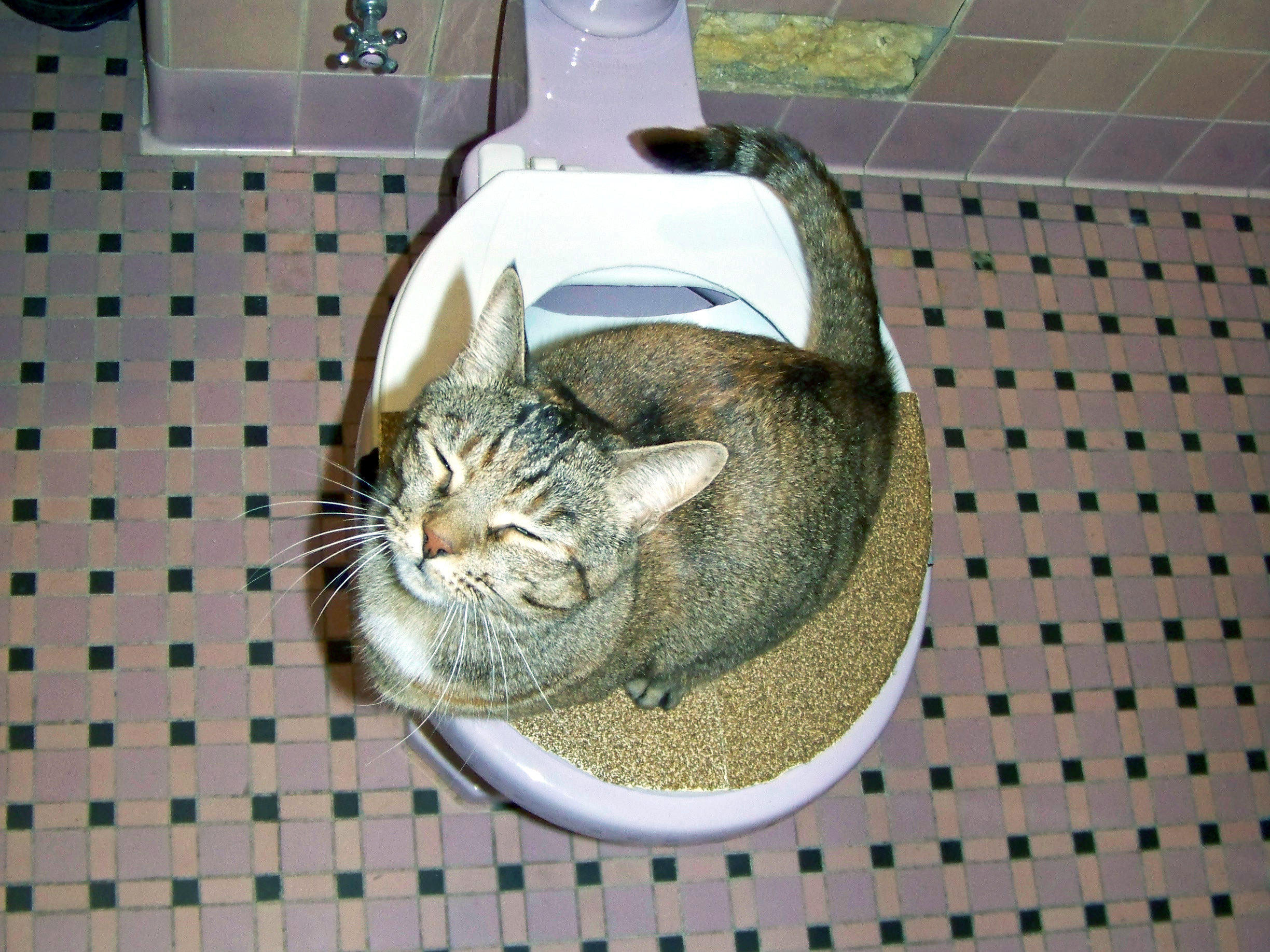Avoid Clogs and Damage: Never Flush Cat Poop Down Your Toilet - Expert Recommendations
Avoid Clogs and Damage: Never Flush Cat Poop Down Your Toilet - Expert Recommendations
Blog Article
This post listed below about How to Dispose of Cat Poop and Litter Without Plastic Bags is exceedingly stimulating. Try it and draw your own assumptions.

Introduction
As feline owners, it's vital to be mindful of just how we throw away our feline buddies' waste. While it might seem practical to purge feline poop down the commode, this practice can have damaging consequences for both the atmosphere and human wellness.
Alternatives to Flushing
Thankfully, there are much safer and extra responsible ways to get rid of pet cat poop. Take into consideration the following options:
1. Scoop and Dispose in Trash
The most common method of getting rid of cat poop is to scoop it into a naturally degradable bag and toss it in the garbage. Make certain to utilize a dedicated clutter scoop and deal with the waste promptly.
2. Use Biodegradable Litter
Go with naturally degradable pet cat litter made from products such as corn or wheat. These clutters are environmentally friendly and can be securely dealt with in the trash.
3. Bury in the Yard
If you have a yard, consider hiding feline waste in a designated location away from vegetable yards and water sources. Make certain to dig deep sufficient to prevent contamination of groundwater.
4. Set Up a Pet Waste Disposal System
Invest in a pet dog waste disposal system specifically created for cat waste. These systems utilize enzymes to break down the waste, reducing odor and ecological impact.
Health and wellness Risks
Along with environmental worries, flushing feline waste can likewise pose health dangers to human beings. Cat feces might have Toxoplasma gondii, a bloodsucker that can cause toxoplasmosis-- a potentially serious illness, especially for pregnant ladies and people with damaged immune systems.
Environmental Impact
Flushing feline poop introduces hazardous microorganisms and parasites into the supply of water, presenting a considerable danger to aquatic communities. These contaminants can negatively impact marine life and concession water top quality.
Verdict
Accountable pet dog possession prolongs past supplying food and shelter-- it also involves appropriate waste monitoring. By refraining from flushing cat poop down the commode and going with alternative disposal methods, we can reduce our environmental impact and protect human wellness.
Why Can’t I Flush Cat Poop?
It Spreads a Parasite
Cats are frequently infected with a parasite called toxoplasma gondii. The parasite causes an infection called toxoplasmosis. It is usually harmless to cats. The parasite only uses cat poop as a host for its eggs. Otherwise, the cat’s immune system usually keeps the infection at low enough levels to maintain its own health. But it does not stop the develop of eggs. These eggs are tiny and surprisingly tough. They may survive for a year before they begin to grow. But that’s the problem.
Our wastewater system is not designed to deal with toxoplasmosis eggs. Instead, most eggs will flush from your toilet into sewers and wastewater management plants. After the sewage is treated for many other harmful things in it, it is typically released into local rivers, lakes, or oceans. Here, the toxoplasmosis eggs can find new hosts, including starfish, crabs, otters, and many other wildlife. For many, this is a significant risk to their health. Toxoplasmosis can also end up infecting water sources that are important for agriculture, which means our deer, pigs, and sheep can get infected too.
Is There Risk to Humans?
There can be a risk to human life from flushing cat poop down the toilet. If you do so, the parasites from your cat’s poop can end up in shellfish, game animals, or livestock. If this meat is then served raw or undercooked, the people who eat it can get sick.
In fact, according to the CDC, 40 million people in the United States are infected with toxoplasma gondii. They get it from exposure to infected seafood, or from some kind of cat poop contamination, like drinking from a stream that is contaminated or touching anything that has come into contact with cat poop. That includes just cleaning a cat litter box.
Most people who get infected with these parasites will not develop any symptoms. However, for pregnant women or for those with compromised immune systems, the parasite can cause severe health problems.
How to Handle Cat Poop
The best way to handle cat poop is actually to clean the box more often. The eggs that the parasite sheds will not become active until one to five days after the cat poops. That means that if you clean daily, you’re much less likely to come into direct contact with infectious eggs.
That said, always dispose of cat poop in the garbage and not down the toilet. Wash your hands before and after you clean the litter box, and bring the bag of poop right outside to your garbage bins.
https://trenchlesssolutionsusa.com/why-cant-i-flush-cat-poop/

We were guided to that editorial about How to Dispose of Cat Poop and Litter Without Plastic Bags from an acquaintance on another site. Sharing is good. Helping others is fun. I praise you for your time. Kindly check our site back soon.
Explore Now Report this page